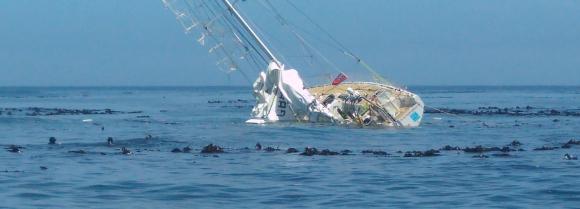 There was a joke, of sorts, in the Clipper Round the World Race, that in the over two decades of racing around the world, only one boat has ever sunk. It was the boat least likely to sink, at least based on its name, which was Cork. The boat, named after the city and not the buoyant material, hit the rocks off Indonesia in the 2010 race.
There was a joke, of sorts, in the Clipper Round the World Race, that in the over two decades of racing around the world, only one boat has ever sunk. It was the boat least likely to sink, at least based on its name, which was Cork. The boat, named after the city and not the buoyant material, hit the rocks off Indonesia in the 2010 race.
The joke no longer works, however, as about a week ago, the Team Greenings Clipper 70 (CV24) hit a reef at the Olifantsbospunt, located between Cape Town and Cape Point and was holed, shortly after the beginning of the start of the leg from Cape Town, South Africa to Freemantle, Australia. The crew was safely evacuated without injury. After surveying the damage to the boat, it was decided that the boat would be pulled from the race.

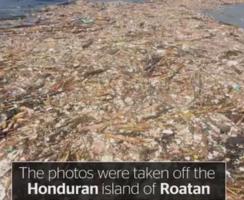
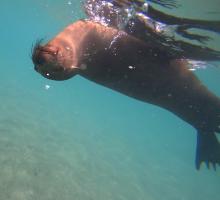 My wife and I just got back from an incredible trip to the Galapagos. We spent a week on
My wife and I just got back from an incredible trip to the Galapagos. We spent a week on 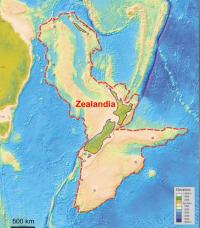
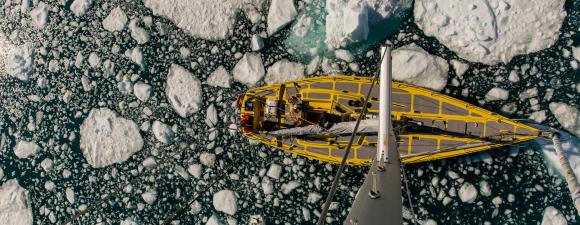 An update on a previous post — in August, we posted about
An update on a previous post — in August, we posted about 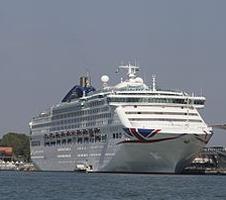 How dirty are cruise ships? How much pollution do they really create? It is hard to tell. Several years ago we
How dirty are cruise ships? How much pollution do they really create? It is hard to tell. Several years ago we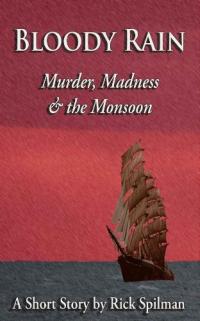 My short story
My short story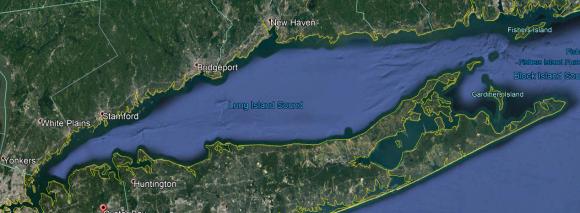 When my wife and I recently passed through Western Long Island Sound near City Island on a recent Saturday morning, we saw dozens of fishing boats — large and small, including at least three kayaks outfitted for fishing. I recall a couple of decades ago when the western sound was so depleted of oxygen by algae blooms that fish couldn’t survive. There were no fish to be caught, and if there had been fish, the range of pollutants in the water might not have made them appealing to catch and eat.
When my wife and I recently passed through Western Long Island Sound near City Island on a recent Saturday morning, we saw dozens of fishing boats — large and small, including at least three kayaks outfitted for fishing. I recall a couple of decades ago when the western sound was so depleted of oxygen by algae blooms that fish couldn’t survive. There were no fish to be caught, and if there had been fish, the range of pollutants in the water might not have made them appealing to catch and eat. 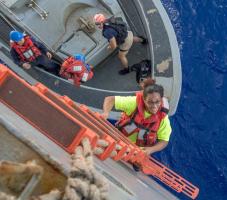
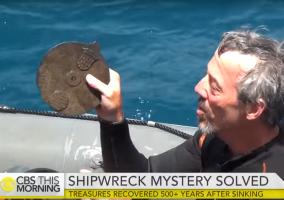 A year ago last March, marine archeologists determined that the wreck of a ship found off the coast of Oman was the Esmerelda, one of the ships in a fleet led by Portuguese explorer Vasco da Gama in 1502. The wreck was discovered in 1998, but excavation didn’t begin until 2013, and since then, researchers have recovered more than 2,800 coins and artifacts. One of the more interesting artifacts is a
A year ago last March, marine archeologists determined that the wreck of a ship found off the coast of Oman was the Esmerelda, one of the ships in a fleet led by Portuguese explorer Vasco da Gama in 1502. The wreck was discovered in 1998, but excavation didn’t begin until 2013, and since then, researchers have recovered more than 2,800 coins and artifacts. One of the more interesting artifacts is a 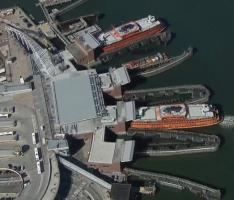 Last Thursday evening, a man described as being
Last Thursday evening, a man described as being 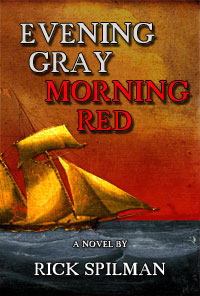
 A fleet of seven teams of racers set off this morning from Alicante, Spain bound for Lisbon, on the first leg of the
A fleet of seven teams of racers set off this morning from Alicante, Spain bound for Lisbon, on the first leg of the